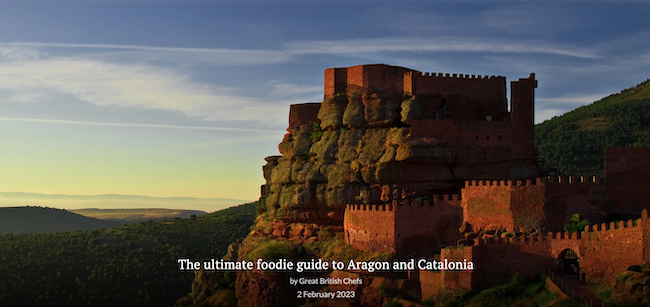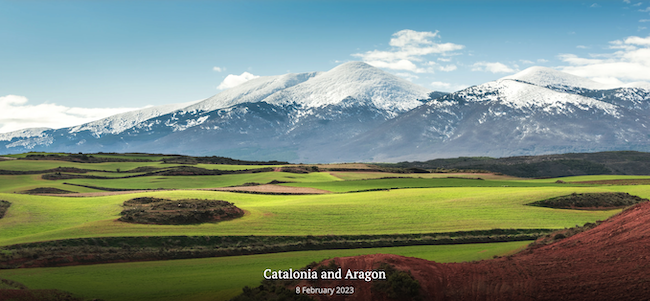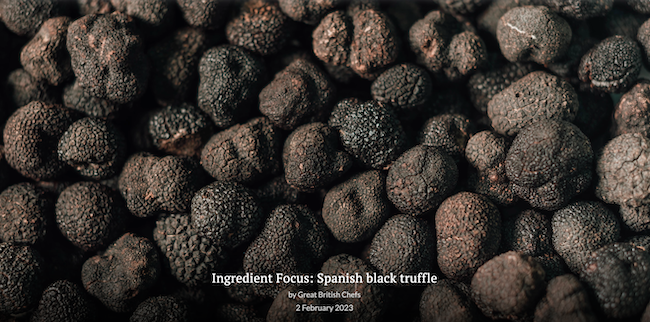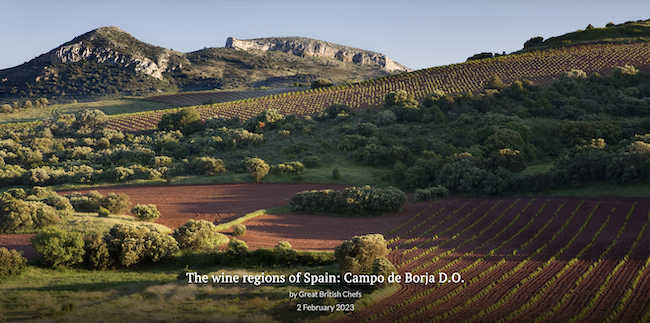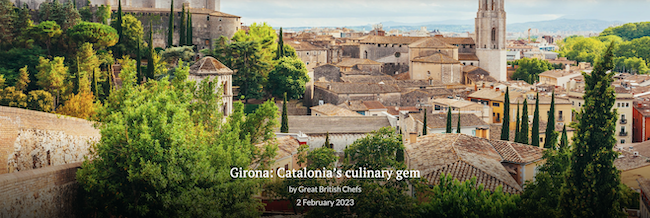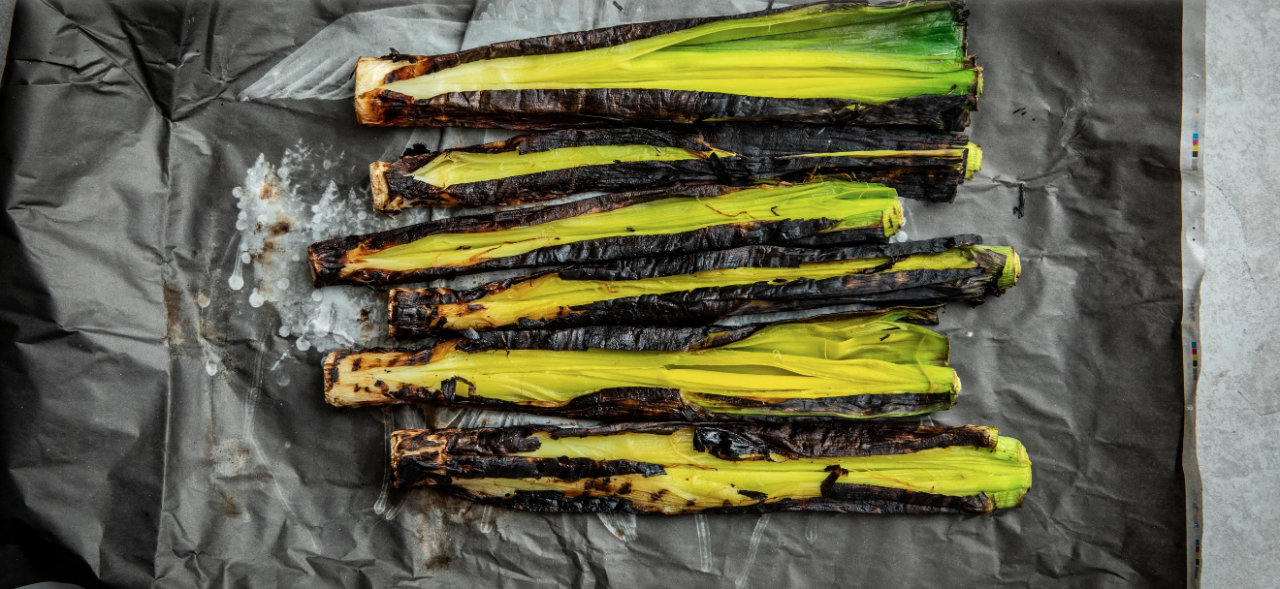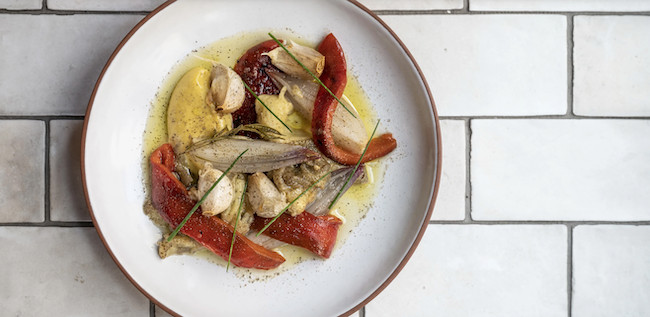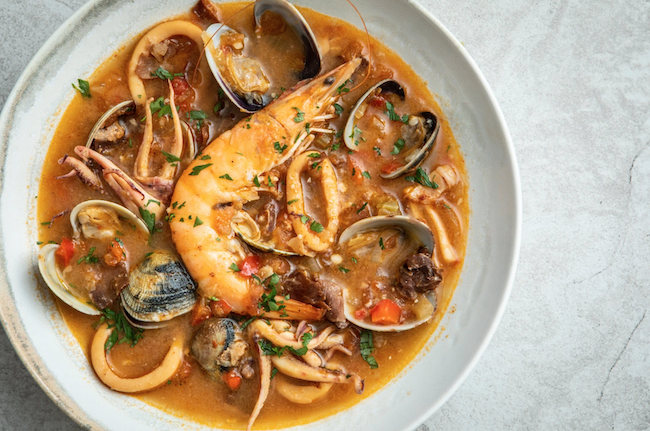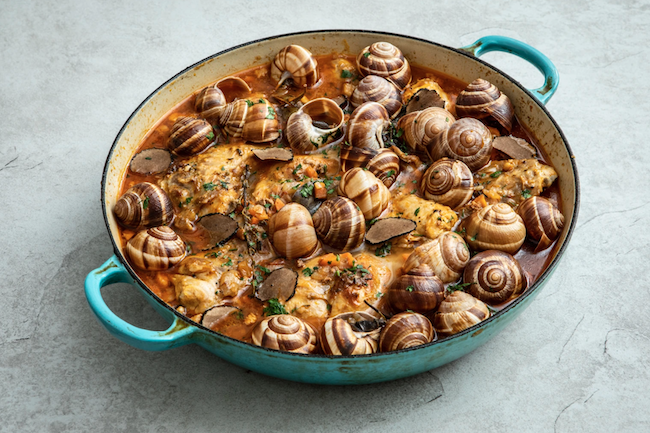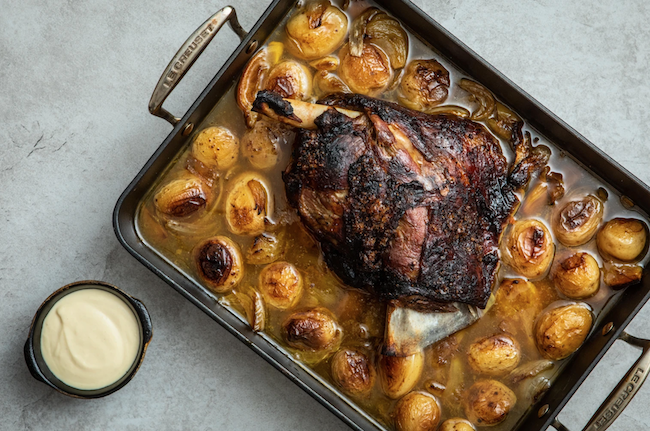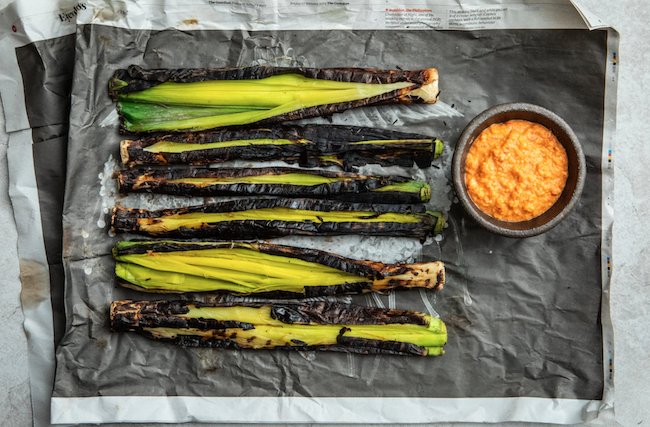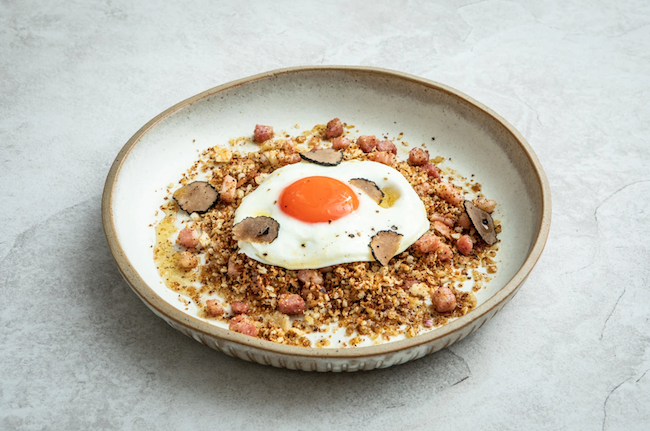Catalonia and Aragon - The autonomous communities of Catalonia and Aragon are found in Spain's northeastern corner and are home to exceptional produce and wine, and some of the best restaurants in the world.
(...) Between the two of them, the regions of Catalonia and Aragon (situated to the west of Catalonia) boast both stunning Mediterranean coastline, and therefore a bounty of amazing seafood, but also thriving olive groves and vineyards further inland. Aragon is also famed for its lamb and has PGI protected status for three breeds of sheep, while the Catalan Pyrenees has similar recognition for its beef. (...)

.png.transform/rendition-xs/image_image%20(1).png)
